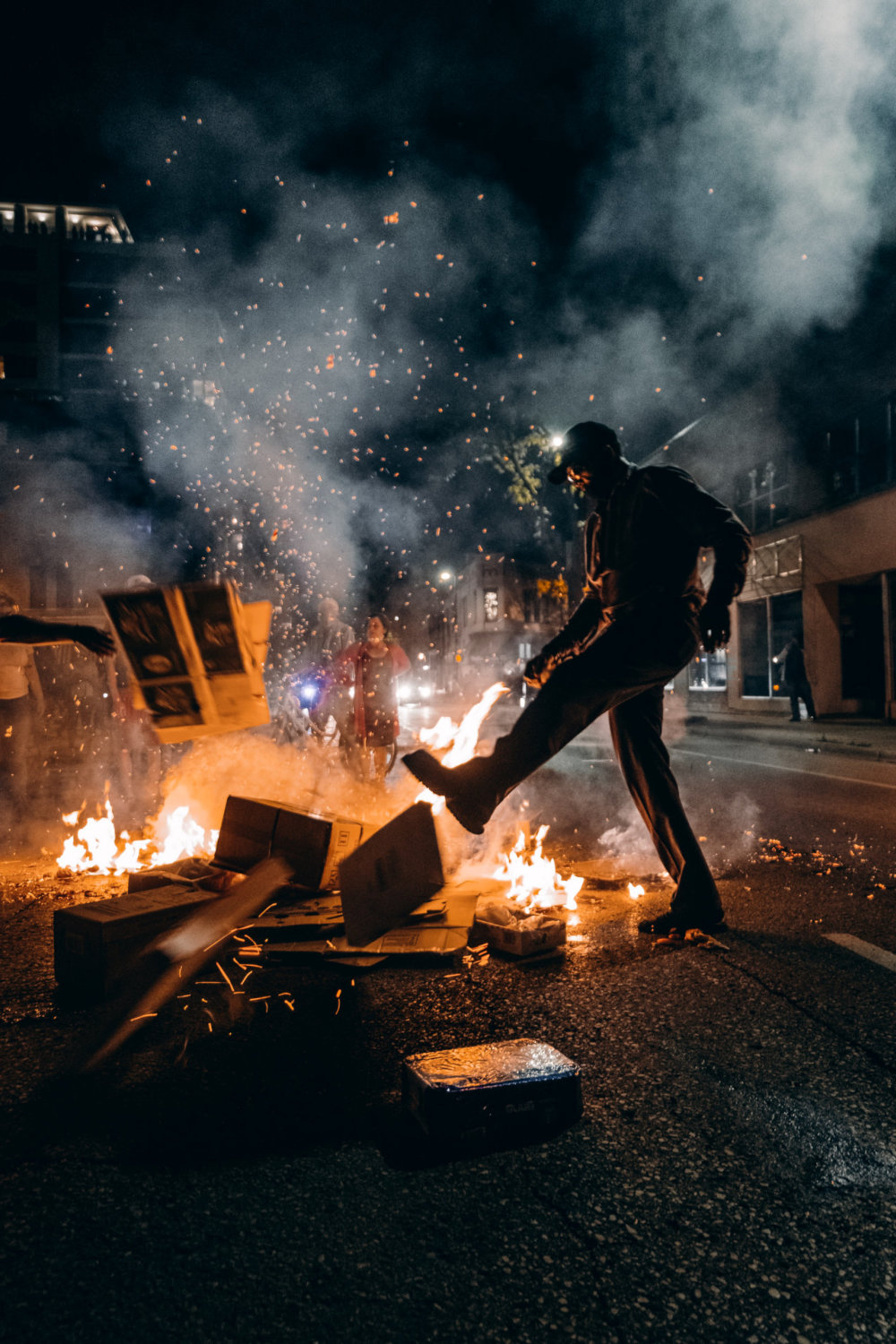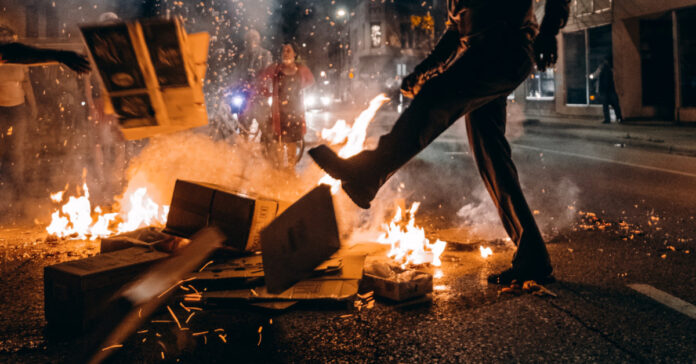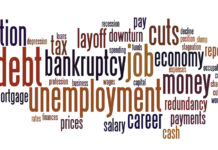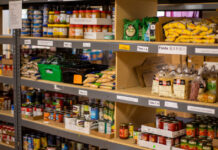People are so upset about rising food and utility prices they are protesting in the streets.
No, not in Washington, at least not yet. But they are protesting in Nairobi, Pakistan and Sri Lanka, where inflation is not just causing anger but hunger, as food prices climb to where people can’t afford to eat. According to this article:
“In Pakistan, the rising costs of flour and electricity set off a wave of demonstrations that started in Kashmir and spread this week to nearly every major city. Traders closed their shops on Monday, blocking roads and burning electricity bills.”
As countries cut back on funding for social programs and raise taxes to offset their deficits, the new math hurts the lower class and those with fixed incomes the most, causing hardship.
But it’s not just third-world countries that are affected by changing government policies and tougher economic times. There have been protests in France, Gemrany, Greece and Portugal this year.
“Terrible things are happening even in countries where there aren’t protests,” said Ms. Ghosh, the University of Massachusetts Amherst economist, “but protests kind of make everybody wake up.”
Warning Signs
Compared to much of the world, people living in the United States have it good, despite our debt burden and inflation. While our economy is not doing well from our perspective, it is doing better than many other countries. That makes us the one-eyed man in the kingdom of the blind, or the winner in a race of losers. It also helps explains why we attract so many immigrants.
By studying what is happening in other parts of the world, we can learn what to expect if things get worse in the U.S. In the past decade, we witnessed what happened to Venezuela, once the most prosperous country in South American. In 2022, after the start of the Ukraine war, we saw what happened in Sri Lanka when food prices rose and grain became scarce. We can remember the Arab Spring and how it led to regime change in many countries. Lessons can be learned from these recent experiences.
What lessons can we learn? Inflation is a warning sign, a precursor that there is worse to come. Collapsing economies lead to social unrest. Social unrest leads to regime change. A new regime might mean the end of the U.S. dollar.
The Dangers of Inflation
Inflation is a common theme as governments with excessive debt print money to pay off their debt. It doesn’t work. Instead, this increases the money supply, which is one definition of inflation. In short, too many paper bills chase too few goods drives up the price as the market seeks equilibrium. As preppers, we must prepare for the inevitability of inflation.
You think 9 percent inflation is bad? Look at inflation in Argentina and Turkey as examples of how bad inflation it could be. In Turkey, inflation fell to 71.6 percent in June, down from more than 75 percent in May. But Argentinians had it worse. Inflation was 276 percent in May, down from 292 percent in April. (I wonder if anyone noticed the drop?)
I doubt anyone in America is ready for 70 percent annual inflation; forget about almost 300 percent. What would you do if your grocery bill next July cost four times more than today’s? Or if your electric bill jumped from $170 to $680? Yeah, people would riot in the streets here, too.
As inflation rises, so do interest rates. We’ve already seen how this can cause bank failures as the portfolios of banks become worth less as interest rates rise. When a bank’s assets are worth less than its debts, it is on the cusp of a collapse. If the bank is publicly traded, its stock tanks. That’s another warning sign. When customers transfer their money out of the bank because they fear it is failing, it’s almost too late. This is the start of a run on the bank. A bank run snowballs, forcing a collapse as the bank runs out of money and is forced to liquidate paper assets that are under water.
Bank Failures
Back in2008, we saw what happened when home loans fell underwater; today we risk the same thing happening with commercial real estate loans. Here’s how it happens:
A company owns a large office tower. They carry a 5-year note with a balloon payment due at the end. Normally, the building’s value rises, and the company refinances the loan every five years. This year, however, the value of the building has dropped because of the whole lockdown thing that caused companies to close and people to work at home. Instead of having 92 percent occupancy, the building is 38 percent full. As a result, no bank will finance it for more than $50 million.
Unable to refinance or to raise the $50 million they lack, the company defaults on the loan, sticking the bank that wants its $100 million back with a building worth $50 million instead. Not only does the bank lose money, it owes property taxes on the building and has been thrust into the landlord business.
When you or I go to the bank to withdraw our money or cash a check, we want dollar bills, not office space. The bank is in a bind. They sell the building at fire-sale prices so they can recoup a portion of their money. The low price then drives the commercial re al estate market down further, the beginning of a vicious cycle.
It Gets Worse
Imagine the same thing happening with trucking when long-haul trucking companies go bankrupt. With farm equipment when farmers fail. With shopping center real estate when a chain closes 700 stores. Sure, the trucks and combines eventually get auctioned off, but at a fraction of their price. But who’s going to buy 568 Red Lobster locations if they close? Most of those locations will work only for another restaurant. If times are tough, people won’t be eating out. Expect them to stay empty for several years.
That’s what happens when we enter recession. When we move into a full depression, it’s several times worse. For example, at the height of the Great Depression, 25 percent of the population was unemployed. That would equate to 39 million people losing their job. That’s more than twice what we saw in 2008 when unemployment peaked at 10 percent. Fewer people working means fewer people spending, and the recession grows worse.
Since 2008, the government has tried to prevent recessions by giving consumers money. Money for your rent. Money for your company’s payroll. Free money to spend to perk up the economy. That drives up the debt and contributes to inflation. It is also becoming less effective, but if you get “free” government checks like we saw during COVID, consider it a sign the government wants to prevent mass protests and is buying peace.
What to Look For
If you see the rate of bank failures increase, inflation hit double digits, unemployment reach 8 percent with no sign of slowing down, or people in the street protesting rising prices, consider it your final warning. Have your financial affairs in order, food on your shelves, some money under your mattress, a few gold or silver coins buried out back, and load your magazines. Things are going to get rough.








